The cottagecore house exterior aesthetic celebrates the romanticized beauty of rural countryside living, blending rustic charm with whimsical garden elements. This design movement embraces natural materials, weathered finishes, and abundant flowering plants to create homes that feel like they've emerged from a storybook. From climbing roses adorning weathered stone walls to meandering garden pathways lined with wildflowers, cottagecore exteriors prioritize comfort, sustainability, and connection with nature. These design ideas transform ordinary houses into enchanting retreats that embody the peaceful, slow-living philosophy central to cottagecore style.
1. Cottagecore House Exterior with Climbing Rose Trellises

Climbing roses represent the quintessential cottagecore house exterior element, creating romantic vertical gardens that soften architectural lines. These fragrant blooms cascade over wooden trellises, arbors, and pergolas, adding layers of color and texture throughout the growing season. Choose varieties like 'Eden' or 'New Dawn' that produce abundant flowers in soft pink or cream tones. Position trellises strategically around entryways, windows, or garden gates to frame views and create intimate spaces. The weathered wooden structures supporting the roses should appear naturally aged, with peeling paint or rustic finishes that complement the organic growth patterns. Regular pruning maintains shape while encouraging prolific blooming that transforms your home into a floral sanctuary.
2. Cottagecore House Exterior Featuring Weathered Wood Siding

Natural wood siding with a weathered, time-worn appearance forms the foundation of authentic cottagecore house exteriors. Cedar shingles, barn wood, or reclaimed timber create textures that speak of decades of gentle aging and natural patina development. These materials should display subtle color variations, natural grain patterns, and slight imperfections that add character rather than detract from beauty. Choose neutral tones like silvered gray, warm honey, or gentle cream that harmonize with surrounding landscapes. The key lies in embracing the "perfectly imperfect" aesthetic where each board tells a story. Regular maintenance with natural oils preserves the wood while allowing continued aging, creating an exterior that grows more beautiful with time.
3. Cottagecore House Exterior with Stone Foundation Accents

Stone foundations and accent walls bring earthy permanence to cottagecore house exteriors, grounding structures in natural materials that echo ancient building traditions. Local fieldstone, limestone, or weathered brick creates authentic regional character while providing excellent durability and insulation properties. These stone elements work particularly well around foundations, chimneys, or as accent walls that break up larger expanses of siding. The irregular textures and natural color variations in stone complement the organic, unstructured feel central to cottagecore design. Moss or small plants growing in stone crevices enhance the connection between architecture and nature, while mortared joints should appear slightly weathered rather than pristinely pointed for authentic cottage appeal.
4. Cottagecore House Exterior Enhanced by Wildflower Meadow Gardens

Wildflower meadows replace traditional manicured lawns in cottagecore house exteriors, creating naturalistic landscapes that support local ecosystems while providing seasonal color. Native species like black-eyed Susans, purple coneflowers, and Queen Anne's lace establish self-sustaining communities that require minimal maintenance once established. These informal plantings blur the boundaries between cultivated and wild spaces, allowing nature to express its own artistic vision. Meandering mown paths through taller grasses guide visitors while preserving the meadow's natural flow. The constantly changing seasonal display provides year-round interest, from spring emergence through winter seed heads that feed birds. This approach reduces maintenance requirements while creating habitat for beneficial insects and wildlife.
5. Cottagecore House Exterior Featuring Vintage-Style Shutters

Painted wooden shutters add functional charm and color to cottagecore house exteriors while reflecting historical building traditions. Choose colors that complement your overall palette—sage green, dusty blue, or cream work beautifully against natural wood or stone surfaces. Functional shutters that actually close provide practical benefits including storm protection, privacy, and temperature control during extreme weather. Hardware should appear authentically aged with wrought iron hinges and hold-backs that show signs of gentle weathering. Consider board-and-batten or louvered styles depending on your home's architectural character. Slightly faded or gently peeling paint adds to the lived-in aesthetic that makes cottagecore exteriors feel like they've been cherished for generations rather than recently constructed.
6. Cottagecore House Exterior with Thatched or Shingled Roofing

Traditional roofing materials like cedar shingles or simulated thatch create the quintessential cottagecore house exterior silhouette with their organic textures and gentle color variations. Cedar shingles weather naturally to silvery gray tones that complement any color scheme while providing excellent insulation and durability. For authentic English cottage appeal, consider modern thatch alternatives that capture the romantic appearance without maintenance challenges. Steep roof pitches and interesting gable patterns add architectural interest while shedding water effectively. Small dormers, chimney details, and varied rooflines prevent monotony while creating opportunities for window boxes or small garden features. The natural materials age gracefully, developing character that enhances rather than detracts from the home's overall cottage aesthetic.
7. Cottagecore House Exterior Adorned with Lavender Border Plantings

Lavender borders create fragrant, low-maintenance edges around cottagecore house exteriors while providing year-round structure and seasonal blooms. These Mediterranean herbs thrive in well-drained soils and sunny locations, producing silvery foliage and purple flower spikes that embody cottage garden romance. Plant varieties like 'Hidcote' or 'Munstead' in repeating patterns along walkways, foundation plantings, or property boundaries. The evergreen foliage provides winter interest while summer blooms attract beneficial pollinators and can be harvested for dried arrangements or culinary uses. Lavender's drought tolerance makes it ideal for sustainable landscaping approaches that align with cottagecore's environmental consciousness. Regular light pruning maintains compact growth while encouraging abundant flowering throughout the growing season.
8. Cottagecore House Exterior with Cobblestone Pathway Design

Cobblestone or natural stone pathways guide visitors through cottagecore house exteriors while creating rustic charm that complements informal garden plantings. Irregular stone shapes and varied sizes create organic patterns that feel hand-laid rather than machine-perfect. Allow small plants like thyme or moss to grow between stones, softening edges and enhancing the natural aesthetic. These pathways should meander gently rather than following straight lines, creating opportunities for garden discoveries and encouraging slower, more contemplative movement through the landscape. Local stone materials connect the design to regional geology while providing excellent durability and drainage. The weathered surfaces develop character over time, becoming more beautiful as they age and settle into their surroundings.
9. Cottagecore House Exterior Featuring Herb Garden Window Boxes

Window boxes overflowing with culinary herbs bring cottagecore house exteriors to life while providing practical ingredients for home cooking. Plant combinations of rosemary, thyme, sage, and oregano create textural interest and delightful fragrances that greet visitors at every window. Wooden boxes with weathered finishes or painted surfaces that show gentle wear complement cottage architectural styles. Position boxes on south-facing windows for optimal herb growth while ensuring proper drainage to prevent root rot. Trailing varieties like prostrate rosemary or creeping thyme soften box edges and create cascading effects. The herbs can be harvested regularly for cooking while maintaining attractive foliage throughout the growing season, combining beauty with sustainability principles central to cottagecore living.
10. Cottagecore House Exterior Enhanced by Picket Fence Boundaries

White-painted picket fences define cottagecore house exterior boundaries while maintaining the welcoming, open feeling essential to cottage garden design. Traditional post-and-rail construction with pointed or rounded picket tops creates classic cottage charm that frames garden views without blocking them entirely. Gates should feature decorative hardware and gentle sagging that suggests years of faithful service. Allow climbing roses or flowering vines to weave through fence sections, softening hard lines and adding seasonal color. The fence height should encourage neighborly conversation while providing gentle definition between public and private spaces. Regular maintenance with limewash or milk paint preserves the wood while allowing natural aging that enhances rather than detracts from the cottage aesthetic.
11. Cottagecore House Exterior with English Garden Borders

Perennial borders arranged in informal, cottage garden style create the lush, abundant plantings that define cottagecore house exteriors. Layer plants by height with tall delphiniums and hollyhocks backing shorter roses, peonies, and catmint in flowing, naturalistic arrangements. Choose plants that self-seed and spread naturally, creating the slightly wild appearance that makes cottage gardens feel spontaneous rather than overly planned. Include a mix of flowering and foliage plants that provide interest throughout multiple seasons. Traditional cottage garden plants like foxgloves, sweet peas, and lamb's ear embody the romantic aesthetic while attracting beneficial wildlife. Regular deadheading and gentle maintenance keep borders looking their best while preserving the informal character that makes them so appealing.
12. Cottagecore House Exterior Featuring Dormer Window Details

Dormer windows break up rooflines and add architectural interest to cottagecore house exteriors while providing natural light and ventilation to upper floors. Traditional shed or gabled dormers create cozy reading nooks or sleeping alcoves that embody cottage intimacy. Window boxes or small shutters on dormers extend garden themes to upper levels while adding vertical interest to the overall composition. Consider multiple small dormers rather than single large ones to maintain cottage proportions and create more interesting roofline variations. Lead-lined casement windows or divided-light sashes enhance period authenticity while modern insulation hidden within traditional forms provides contemporary comfort. The dormer siding and trim should coordinate with main house materials while allowing for subtle color or texture variations that add visual richness.
13. Cottagecore House Exterior with Climbing Ivy Coverage

Ivy-covered walls create the timeless, romantic appearance that defines cottagecore house exteriors while providing natural insulation and wildlife habitat. English ivy or Virginia creeper develops gradually over several seasons, eventually creating dense coverage that softens harsh architectural lines. Monitor growth carefully to prevent damage to mortar or siding while allowing the natural aging process that makes ivy-covered buildings so appealing. The evergreen foliage provides year-round interest while seasonal color changes add dynamic beauty to static wall surfaces. Small birds often nest within ivy coverage, creating living connections between architecture and nature. Regular pruning around windows and doors maintains functionality while preserving the romantic overgrown appearance that makes cottagecore exteriors feel like they've been lovingly maintained for generations.
14. Cottagecore House Exterior Featuring Rustic Garden Gates

Hand-crafted wooden gates serve as welcoming portals into cottagecore house exterior gardens while embodying the artisanal craftsmanship central to cottage aesthetic. Choose designs that appear hand-built rather than factory-produced, with slight irregularities and natural wood grain that tell stories of traditional building methods. Weathered finishes, wrought iron hardware, and gentle sagging create the impression of decades of faithful service. Gates should open onto garden paths or courtyards that reveal cottage gardens gradually rather than all at once. Consider arched or curved top rails that soften angular lines while creating opportunities for climbing plants to frame the opening. The gate construction should appear sturdy yet relaxed, inviting exploration while maintaining the intimate scale that makes cottage gardens feel so welcoming.
15. Cottagecore House Exterior with Exposed Beam Accents

Exposed timber framing and decorative beams add structural interest to cottagecore house exteriors while referencing historical building traditions. These elements work particularly well on gable ends, porches, or as accent features that break up large wall expanses. Choose reclaimed or naturally weathered timbers that show grain patterns, checking, and gentle aging that speaks of authentic craftsmanship. The beams can be functional structural elements or decorative additions that enhance cottage character without compromising modern building standards. Consider traditional joinery techniques like mortise-and-tenon connections that remain visible as decorative elements. Natural finishes that allow continued weathering maintain authenticity while occasional treatment with boiled linseed oil preserves the wood without hiding its natural beauty.
16. Cottagecore House Exterior Featuring Stone Garden Walls

Low stone walls create intimate garden spaces within cottagecore house exteriors while providing seating, plant support, and architectural definition. Dry-laid fieldstone or mortared construction using local materials connects the design to regional building traditions while providing excellent durability. These walls should appear naturally settled rather than rigidly geometric, following land contours and accommodating mature trees or existing features. Cap stones or copings protect the wall structure while providing flat surfaces for seasonal displays or informal seating. Small plants growing in wall crevices enhance the connection between hardscape and landscape elements. The wall height should encourage human interaction while providing wind protection for tender plants and creating microclimates that support diverse plantings.
17. Cottagecore House Exterior with Vintage Lantern Lighting

Period-appropriate outdoor lighting creates magical evening ambiance around cottagecore house exteriors while providing necessary safety and security features. Choose fixtures that appear to burn candles or oil even when electrified, with glass panes, wrought iron construction, and weathered finishes that suggest decades of faithful service. Post-mounted or wall-mounted lanterns should scale appropriately to cottage proportions while providing adequate illumination for pathways and entrances. Consider solar-powered options for remote locations or environmental consciousness that aligns with cottagecore values. The warm, flickering light quality enhances evening garden enjoyment while creating the romantic atmosphere that makes cottage exteriors feel so inviting. Seasonal decorations like greenery or ribbons can personalize fixtures while maintaining their historical character.
18. Cottagecore House Exterior Enhanced by Fruit Tree Orchards

Dwarf fruit trees arranged in informal orchard groves combine beauty with productivity in cottagecore house exteriors while providing seasonal interest and homegrown harvests. Apple, pear, or cherry trees offer spring blossoms, summer foliage, and autumn fruit that embody the self-sufficient lifestyle central to cottagecore philosophy. Underplant with wildflowers, herbs, or vegetables that benefit from partial shade while creating diverse habitat for beneficial insects. The trees should appear naturally placed rather than rigidly spaced, following land contours and accommodating existing features. Regular pruning maintains manageable size while encouraging productive fruiting and attractive form. Heritage varieties connect to historical agricultural traditions while providing unique flavors unavailable in commercial produce. The orchard creates outdoor rooms that invite lingering and seasonal celebration.
19. Cottagecore House Exterior with Weathered Greenhouse Structures

Small greenhouse structures or conservatories extend growing seasons while adding architectural interest to cottagecore house exteriors through their transparent construction and garden connections. Choose designs that appear hand-built rather than kit-assembled, with wooden frames, glass panels, and hardware that shows gentle aging. Position greenhouses to take advantage of southern exposure while creating visual connections to main house architecture. The interior should feel like an extension of outdoor garden spaces rather than sterile growing facilities. Vintage potting benches, terra cotta containers, and climbing vines enhance cottage character while providing practical growing support. Consider using the greenhouse for starting seedlings, overwintering tender plants, or growing herbs and vegetables that require protection. The structure becomes a focal point that draws attention while serving practical gardening needs.
20. Cottagecore House Exterior Featuring Wildflower Roof Gardens

Living roofs or extensive roof gardens create extraordinary cottagecore house exterior features while providing insulation, stormwater management, and wildlife habitat. Sedums, native grasses, and wildflowers establish naturally on shallow soil profiles while requiring minimal maintenance once established. These installations work particularly well on shed roofs, garage tops, or low-slope sections where structural loads can be accommodated safely. The planting should appear wild and naturalistic rather than formal or geometric, creating habitat for birds and beneficial insects while reducing building energy consumption. Seasonal changes provide dynamic beauty throughout the year while the plants help moderate interior temperatures and reduce runoff. Professional engineering ensures structural adequacy while proper drainage prevents water damage to underlying structures.
Conclusion:
These cottagecore house exterior ideas celebrate the timeless appeal of rural living through natural materials, abundant gardens, and artisanal craftsmanship. By incorporating elements like climbing roses, weathered wood, stone accents, and wildflower meadows, homeowners can create exteriors that feel both historically rooted and environmentally conscious. The cottagecore aesthetic prioritizes comfort, sustainability, and connection with nature over perfection or ostentation. Whether implementing single elements or comprehensive transformations, these design strategies help create homes that embody the peaceful, romantic lifestyle that makes cottagecore so appealing to modern families seeking refuge from contemporary pressures.


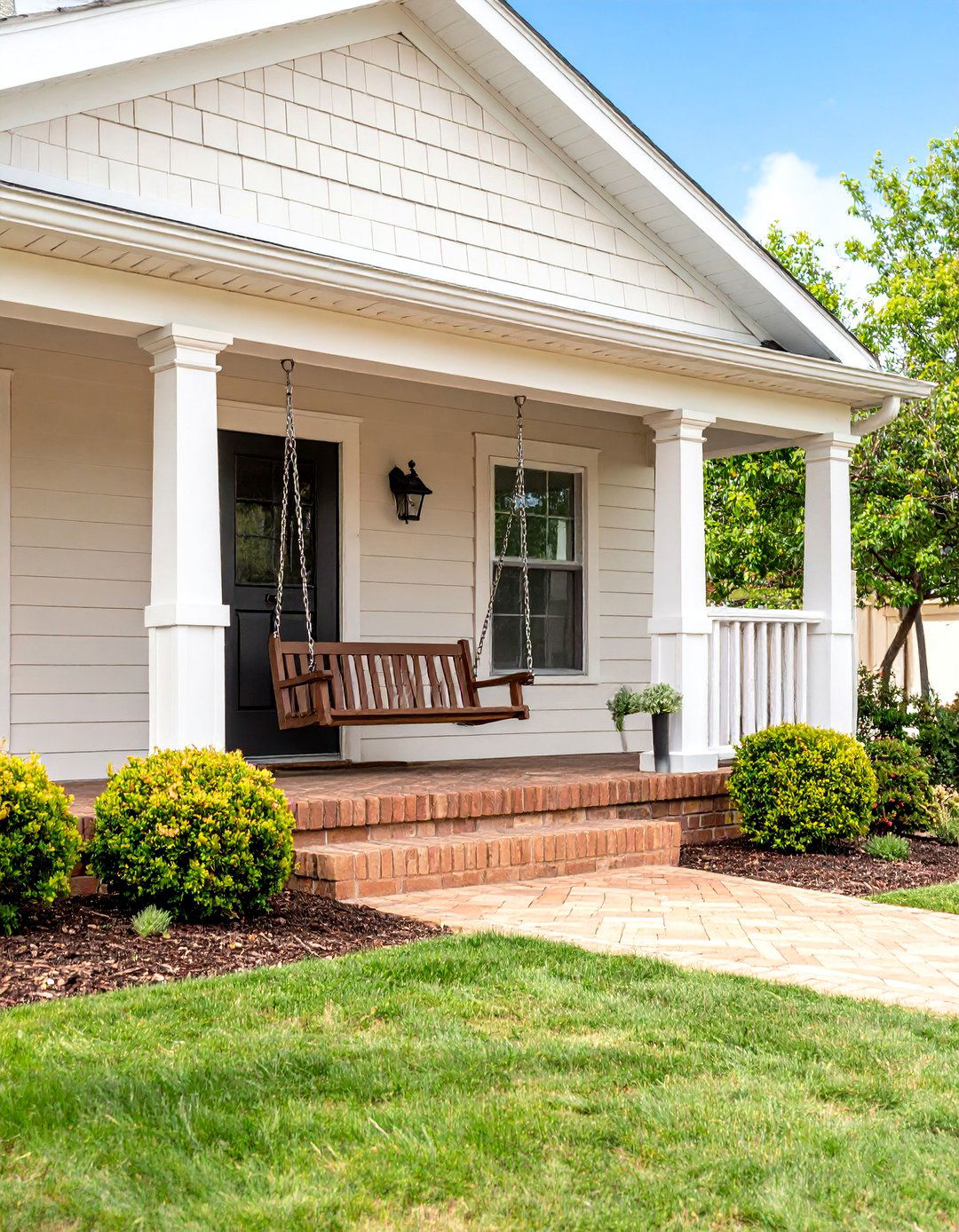
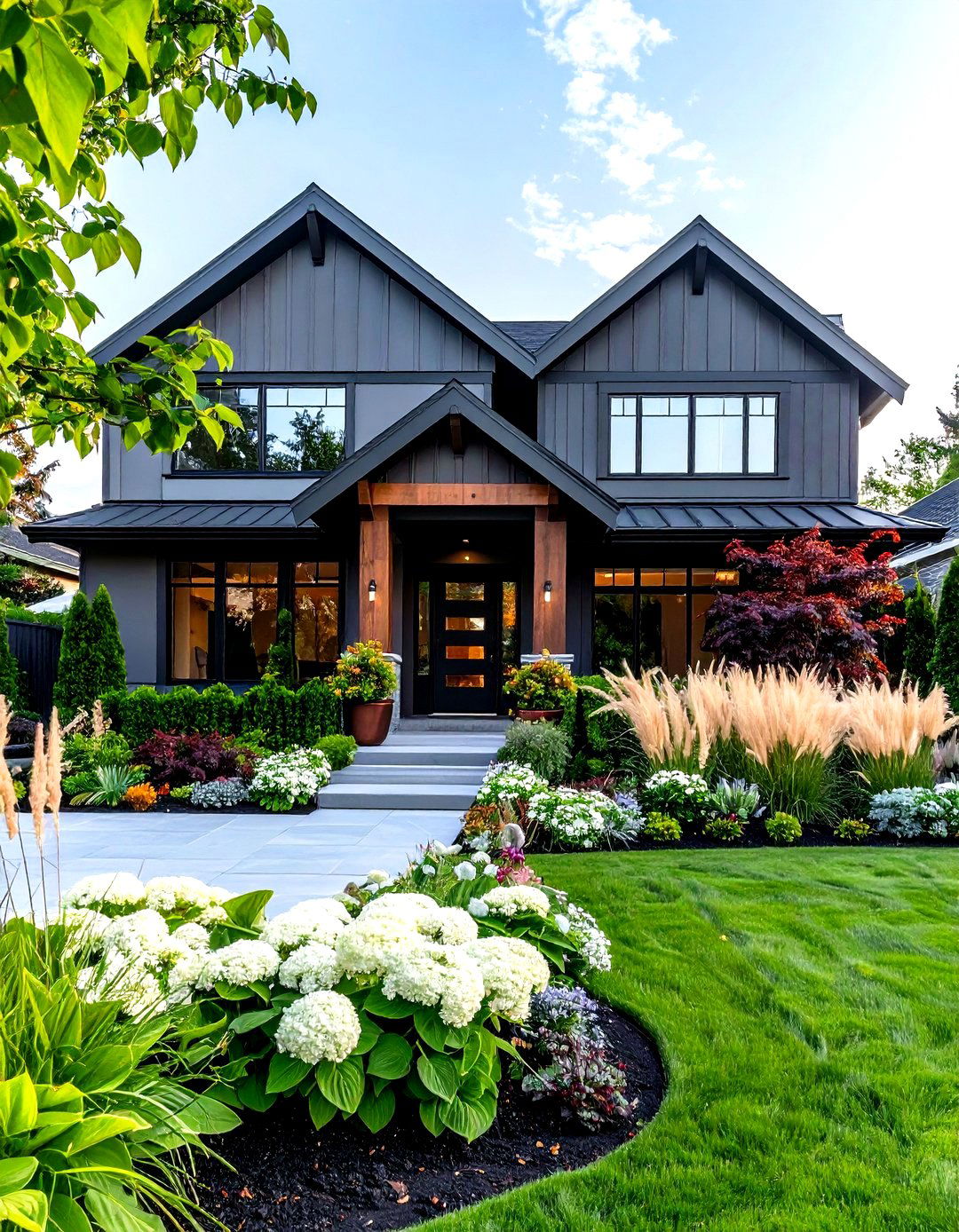
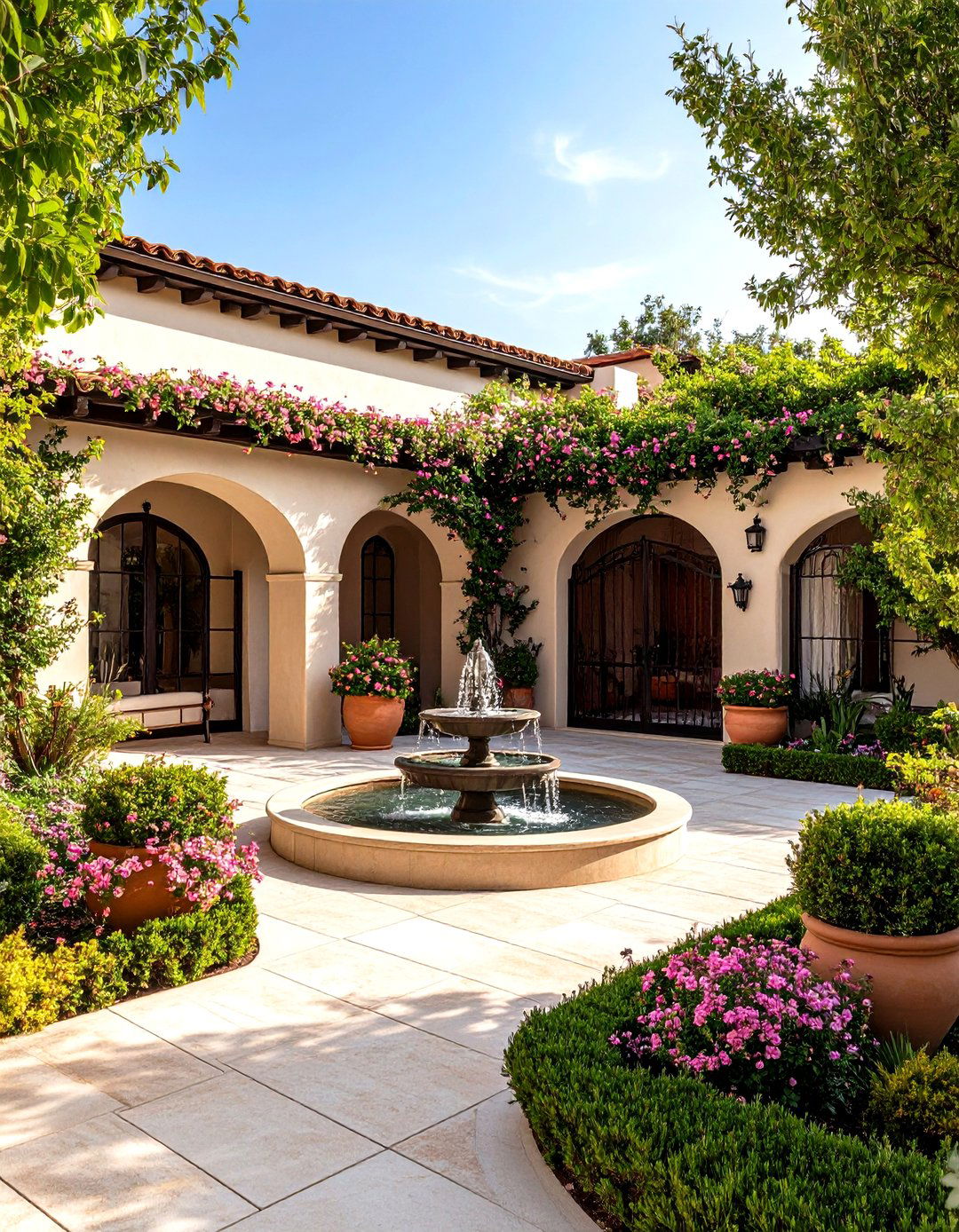


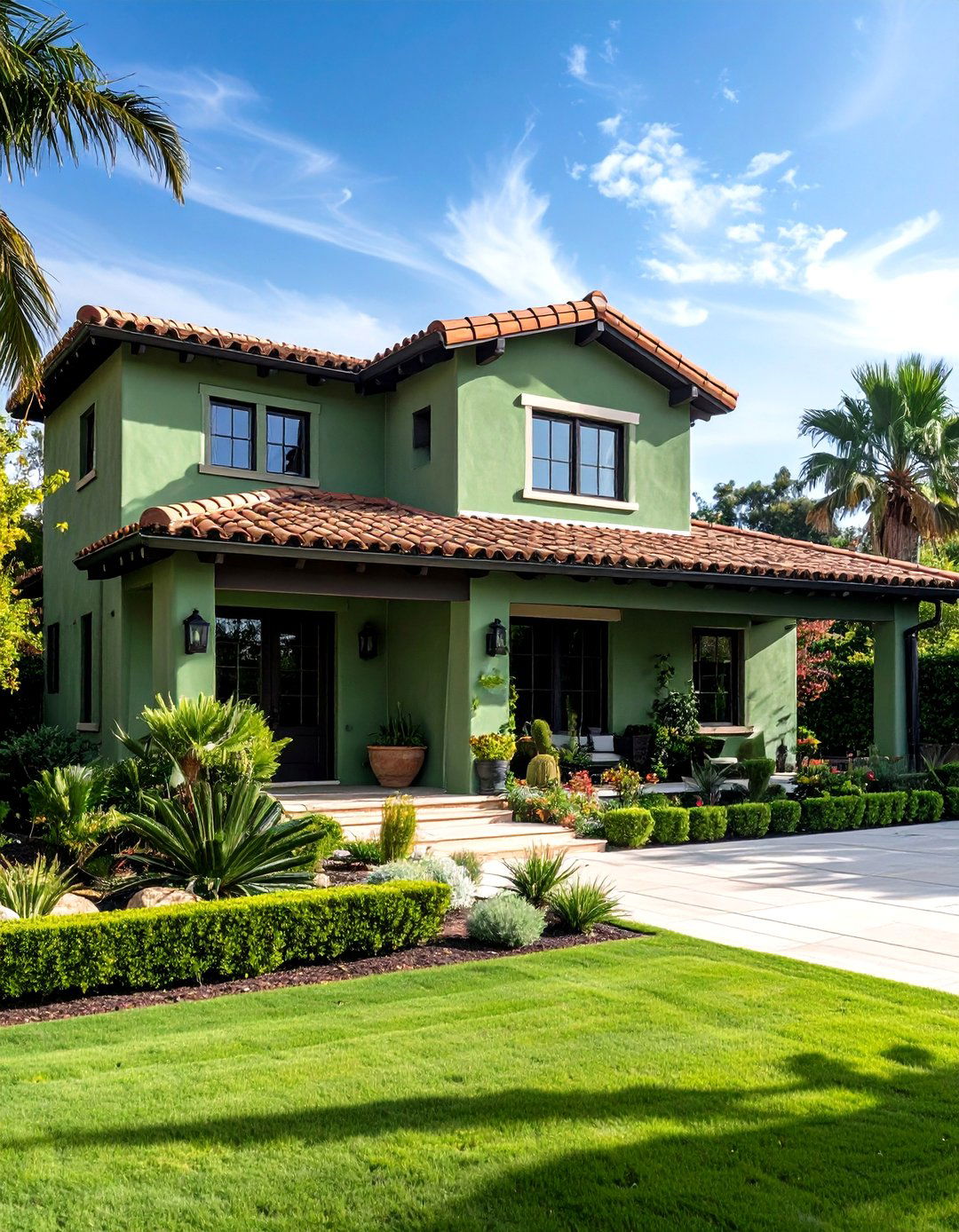

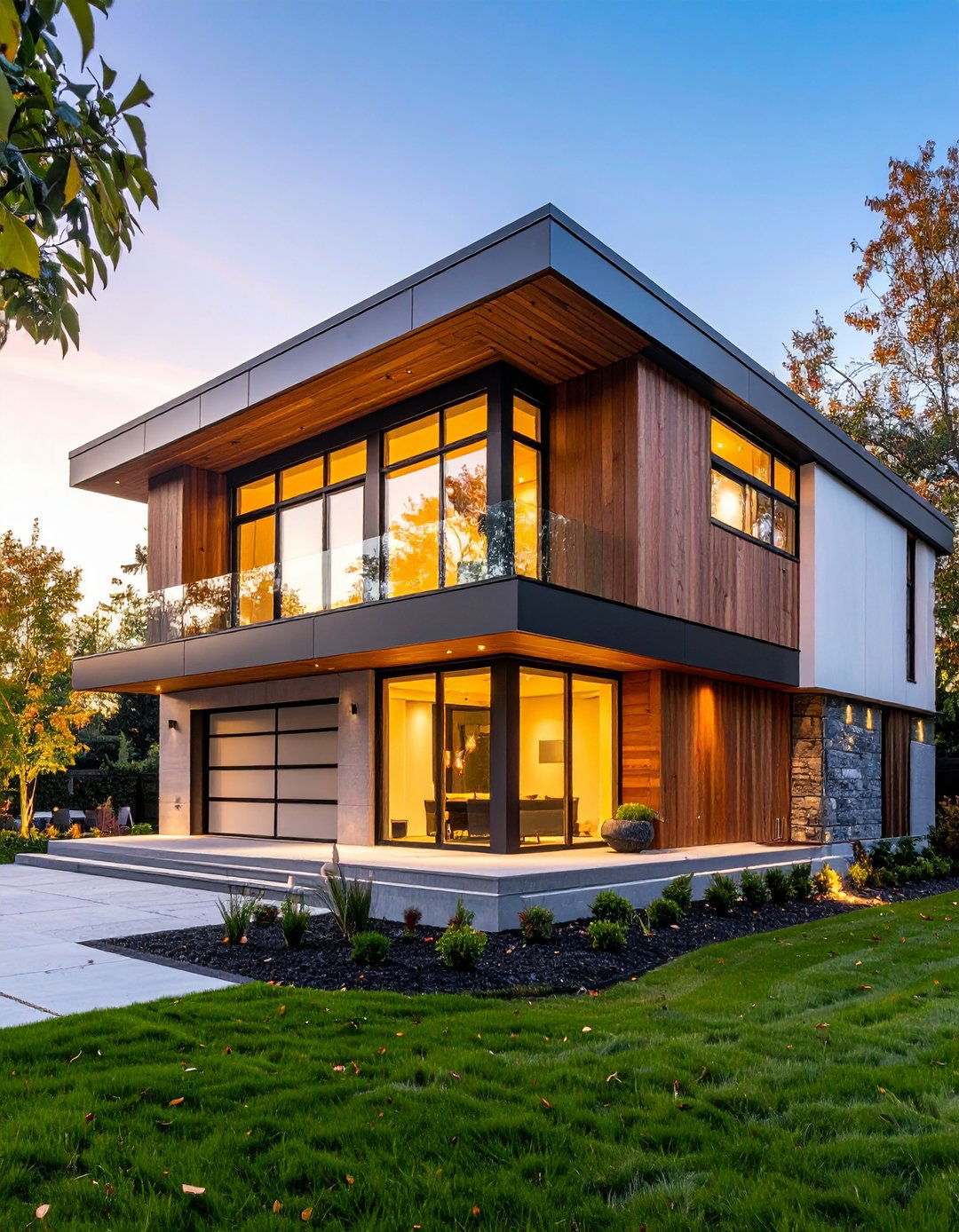
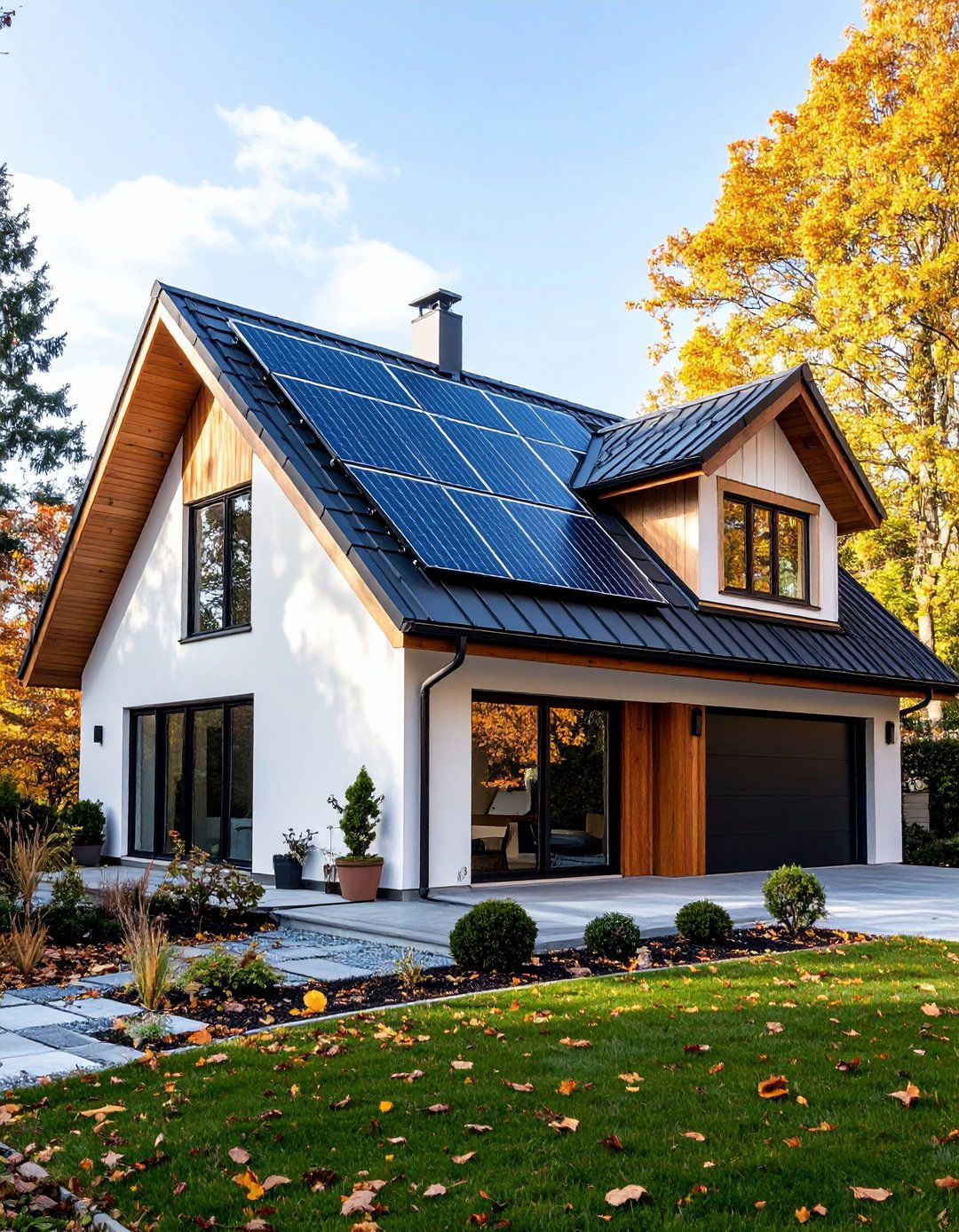
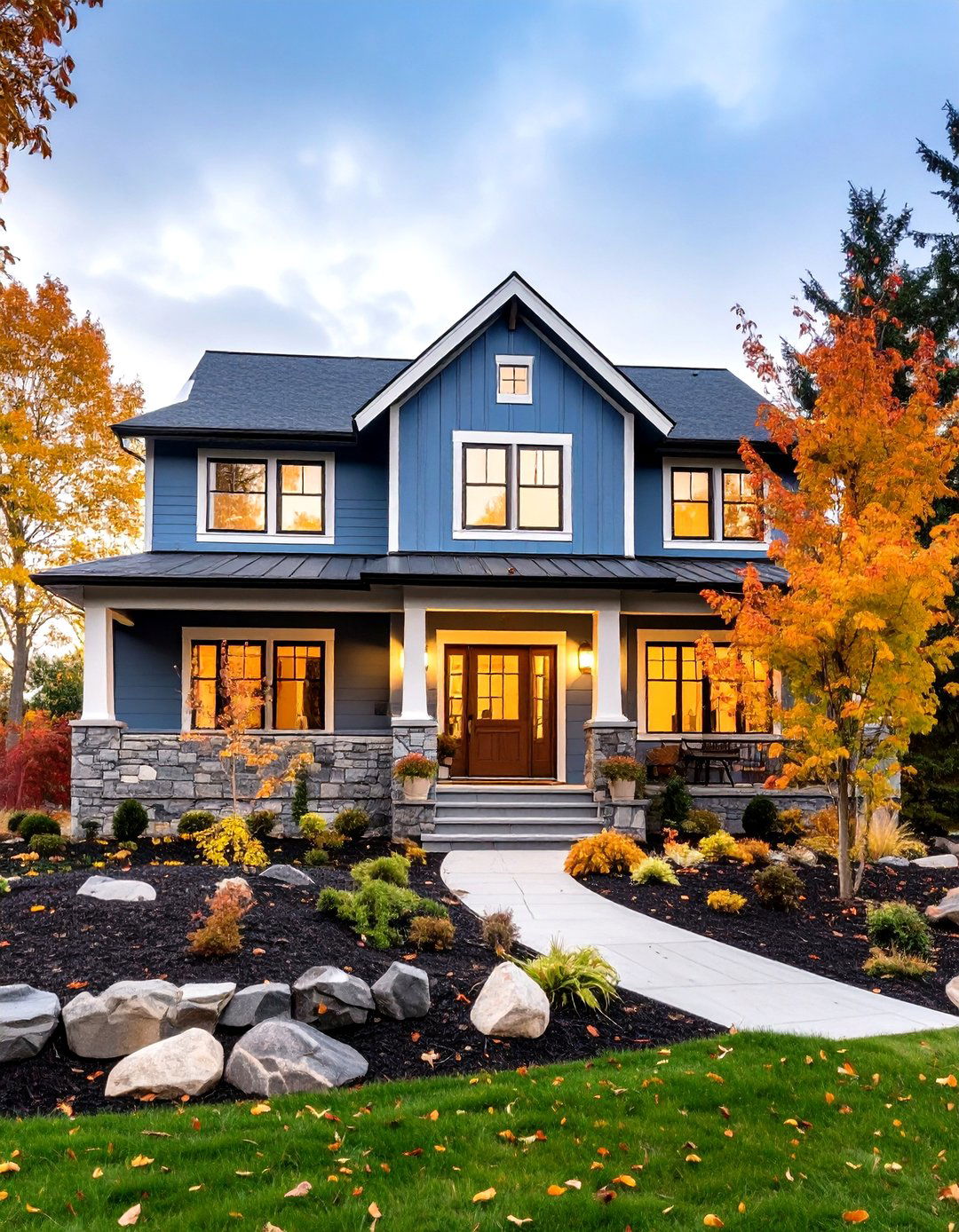
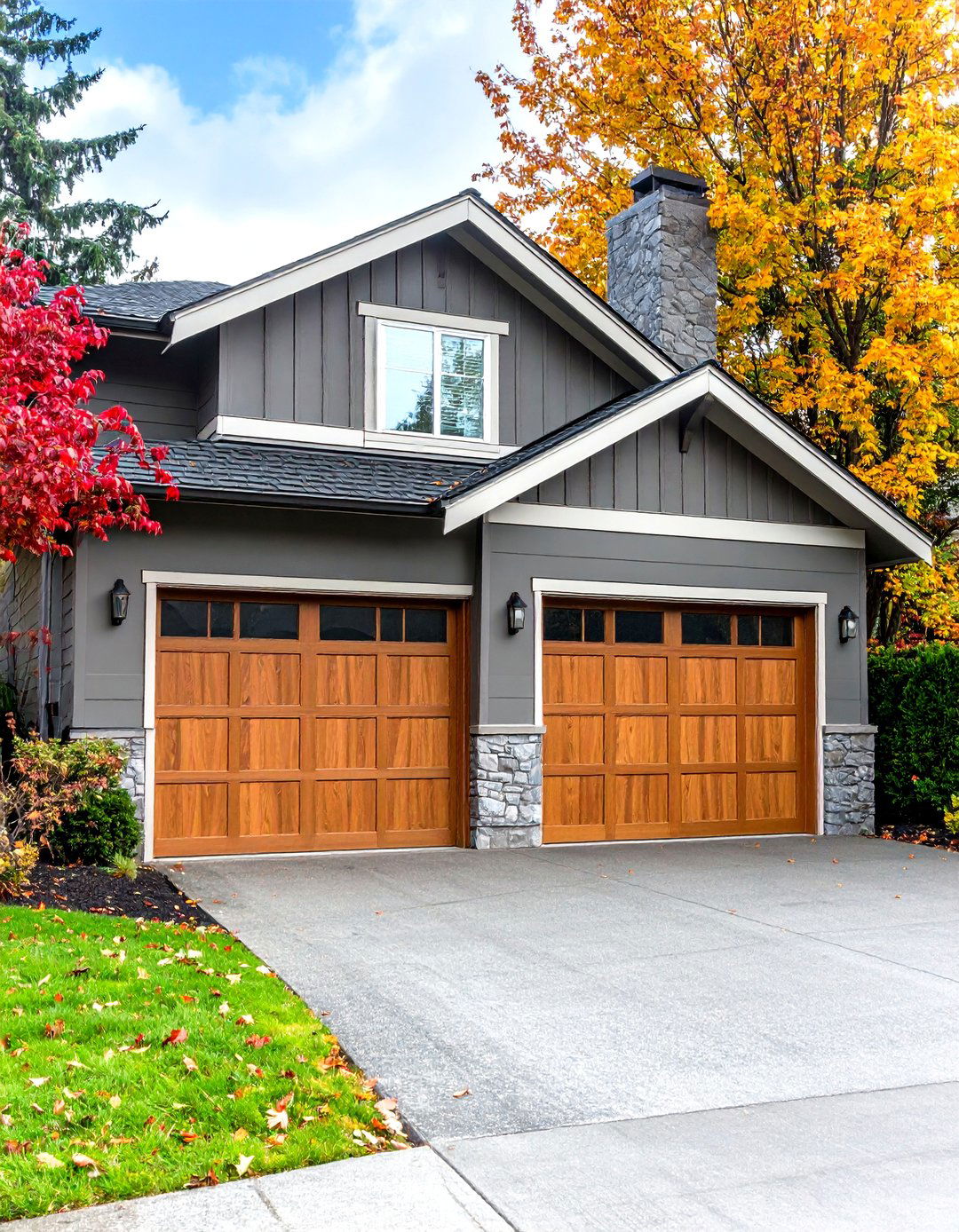
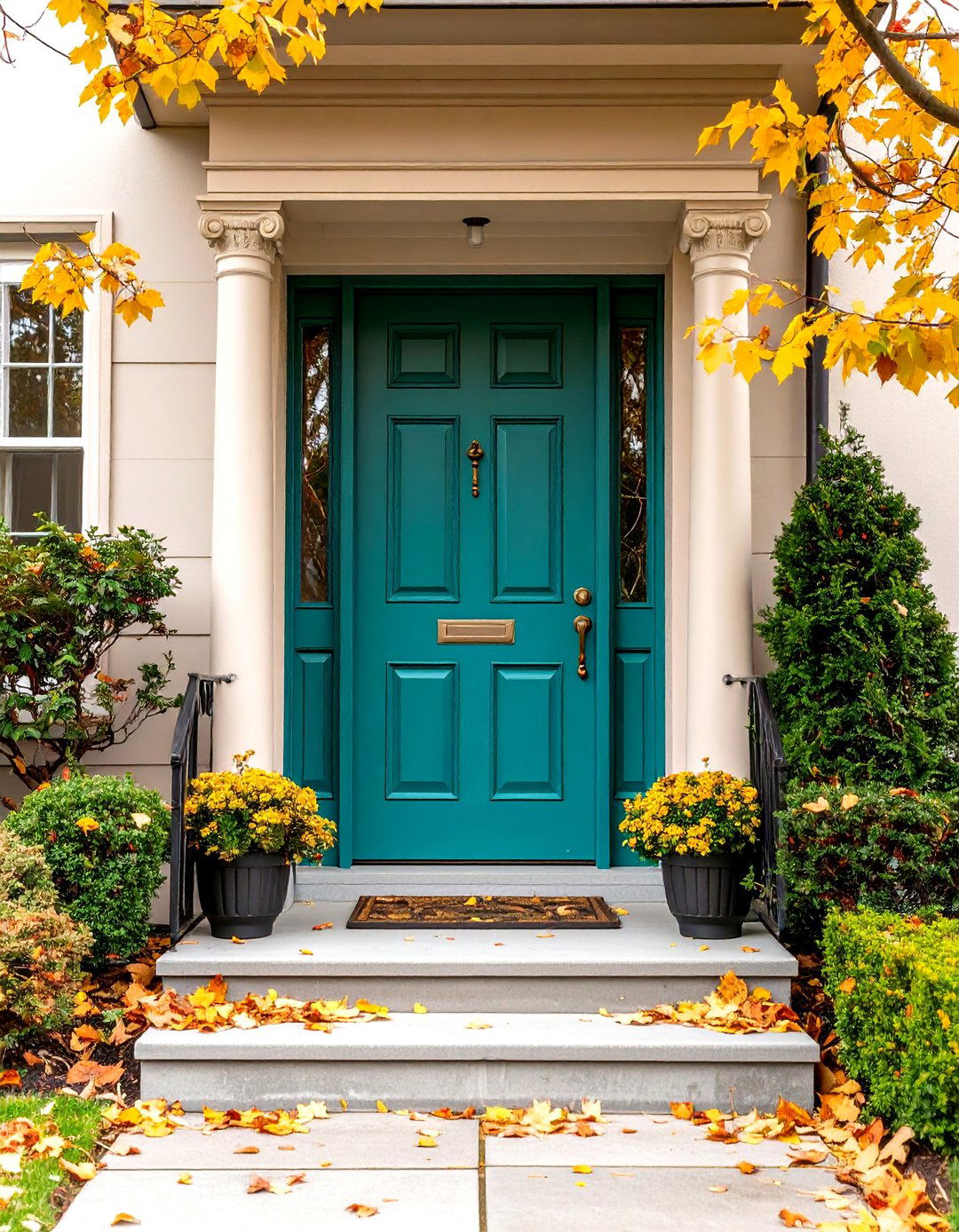
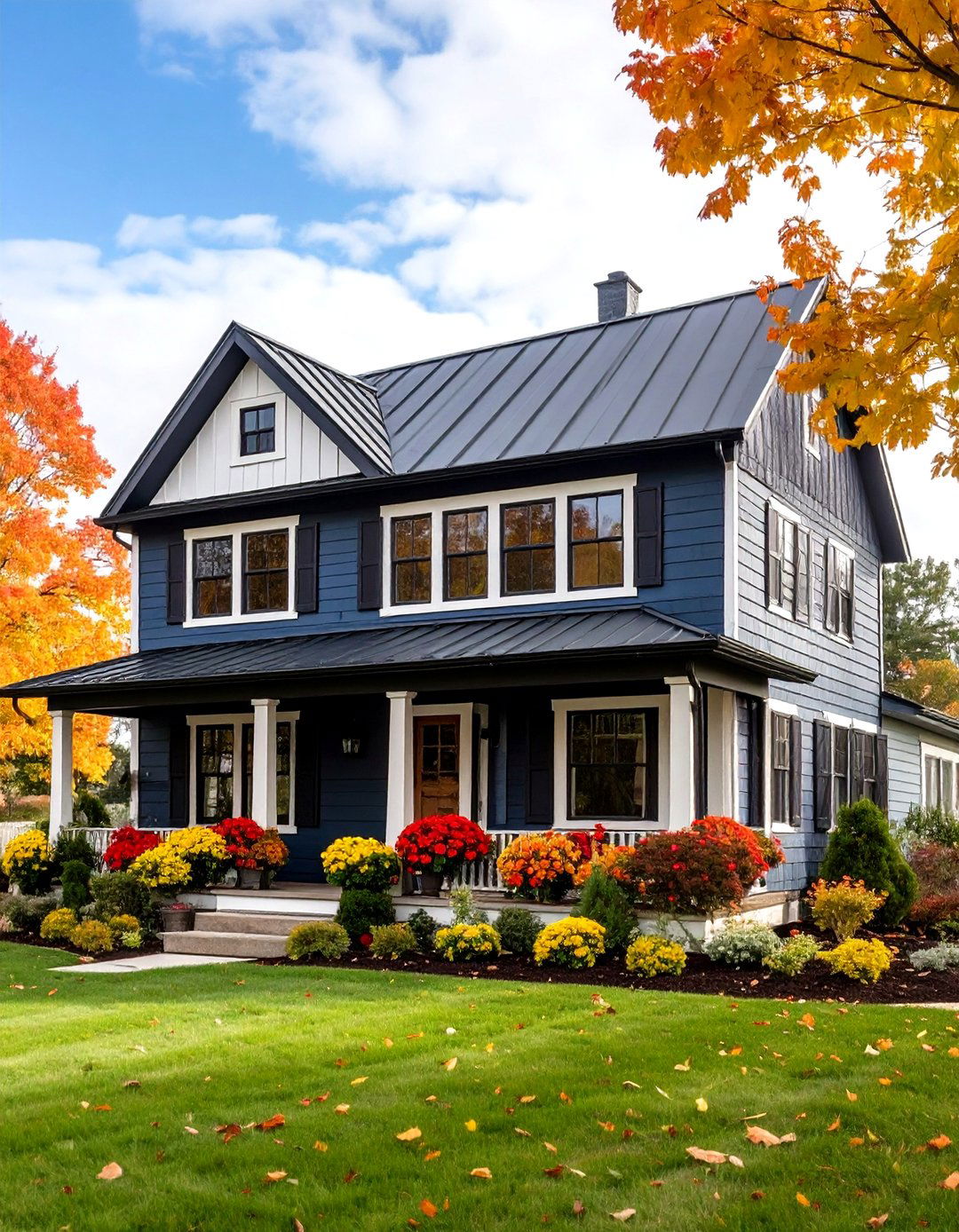

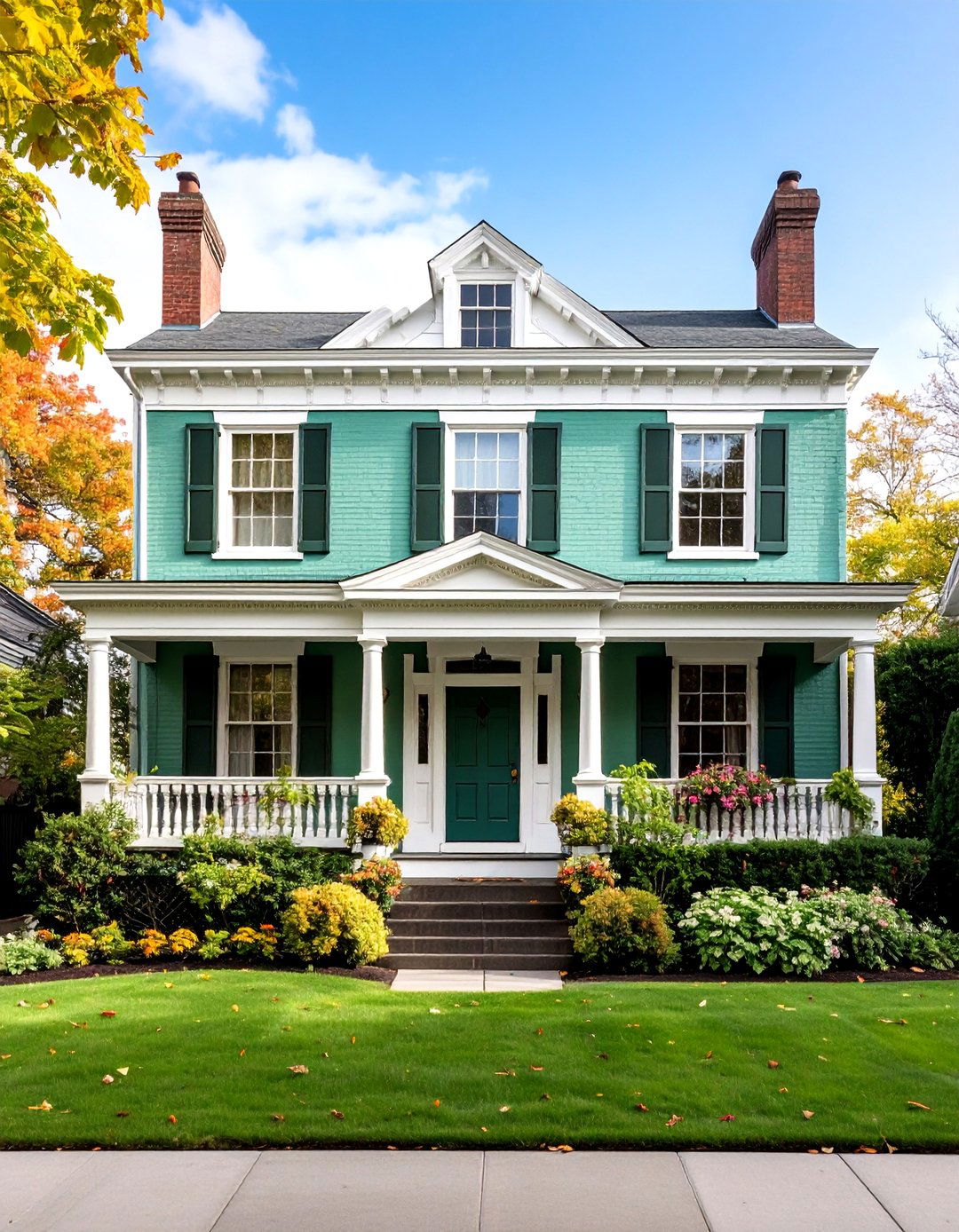
Leave a Reply